Choose well
How to choose the right anatomical bridle ?
13 February 2024

Choose well
13 February 2024

A bridle has a key role to play when riding as it connects the rider to their horse. That’s why it is vital to choose the right bridle to ensure your horse is comfortable and happy.
In this article, we help you to choose the most suitable anatomical bridle for your horse.
Whether it is comfort, style, practicality or quality, Antarès always designs bridles and double bridles with the horse’s welfare in mind.
At Antarès, we’ve developed two sorts of headpiece to match all types of horses and meet the expectations of their riders. Both headpieces provide the horse with unparalleled levels of comfort and safety.
The Origin headpiece can be used for horses that need a degree of flexibility.
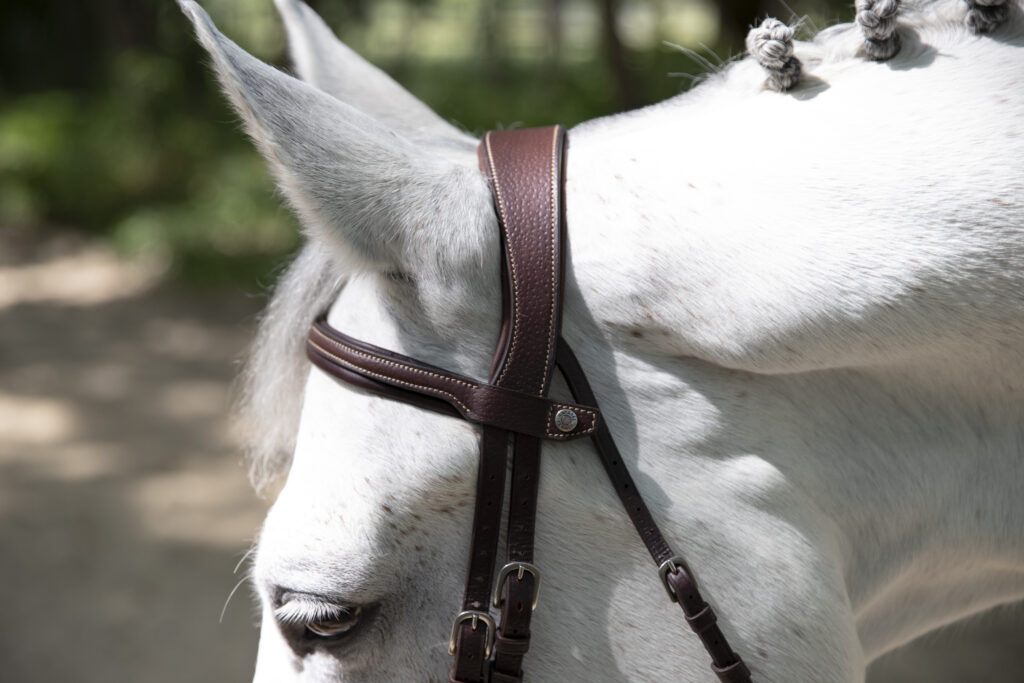
The Origin headpiece
The Precision headpiece
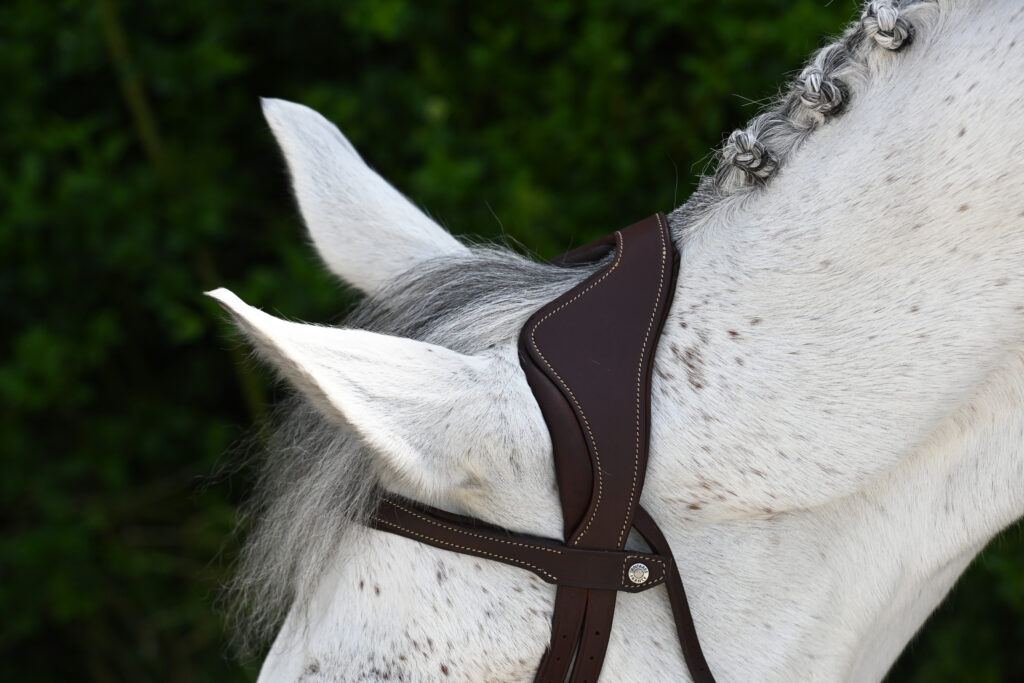
We’ve tried to simply rank the main points you should check when choosing an anatomical bridle.
Firstly, it’s important to specify how much comfort you need based on your type of horse. Check how your horse reacts in areas sensitive to pressure, such as ears, the bridge of the nose or the zygomatic arch. Then you can start looking for the bridle that best meets your horse’s needs.
Your riding level also has a bearing on what you are looking when choosing a bridle. For instance, if you’re a beginner, we recommend you use a single bridle suited to your type of horse.
As you improve, you’ll be able to choose and use more complicated bridles based on your riding discipline and the bridle action suited to your horse.
Each riding discipline has its own technical requirements. That’s why you should clarify what you want so that you use the best tack for your horse.
At Antarès, we’ve developed an anatomical hunter bridle exclusively for this type of riding.
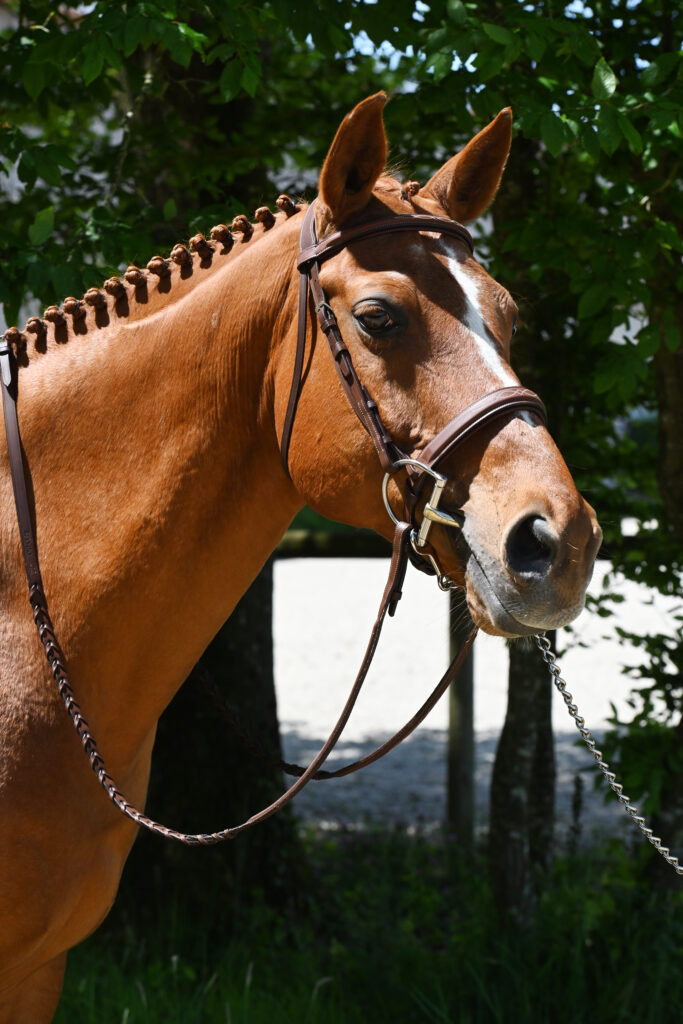
Hunter Origin anatomic bridle
Laced Origin reins
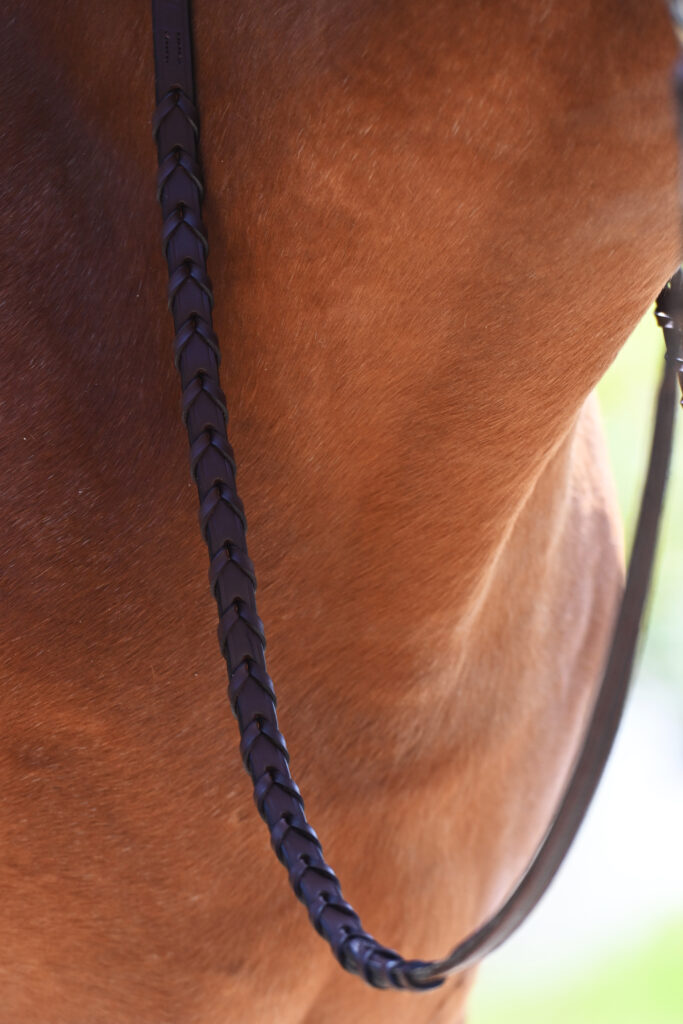
This bridle gives your horse both comfort and peace of mind. It comes in fine brown leather with beige topstitching.
Sold with laced reins.
Go to our website for more details on the Origin anatomical double bridle. This bridle is properly stylish and comfortable, making it a perfect match for your dressage competition tests.
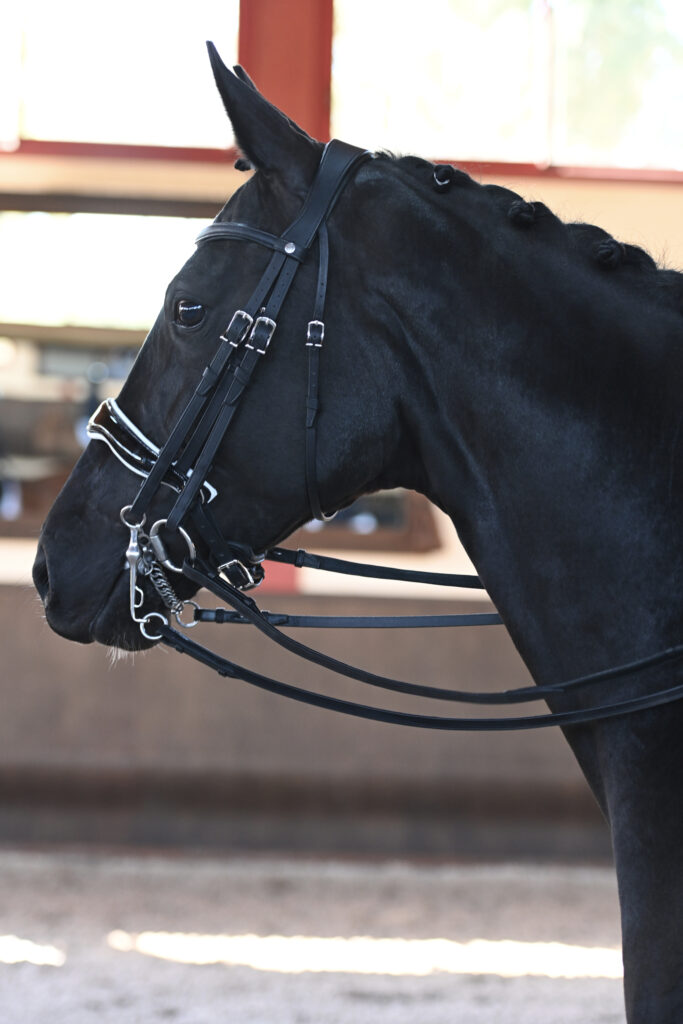
As mentioned above, our bridles and double bridles feature an anatomical headpiece.
We offer two different types of headpiece:
There are several types of noseband, so here are some examples with details on the actions they perform :

Click here to see if you adjust your bridle correctly.
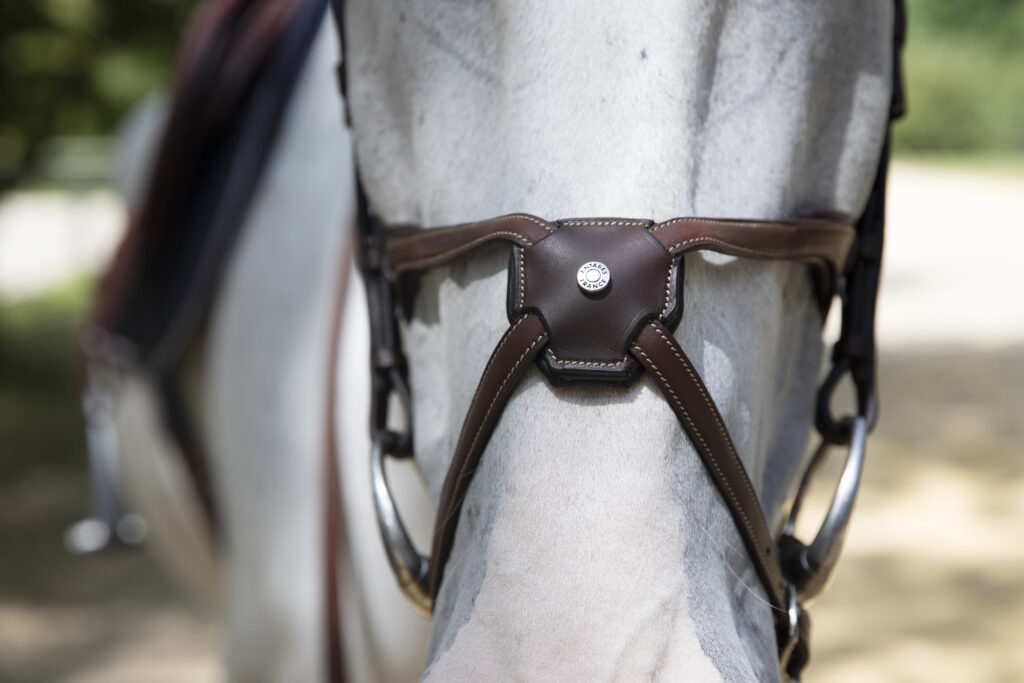
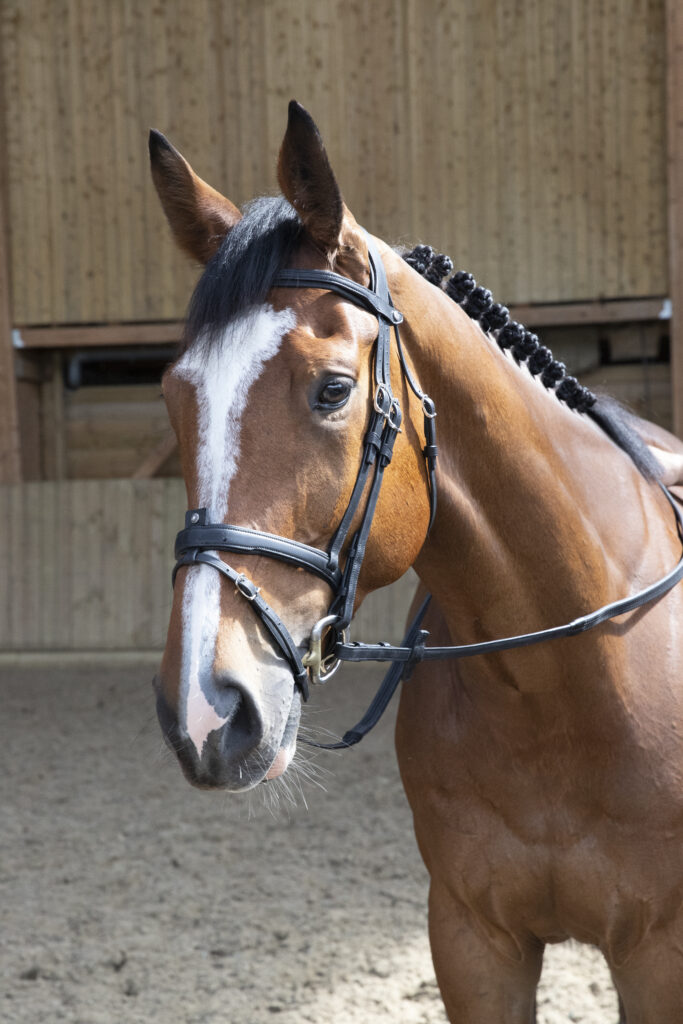
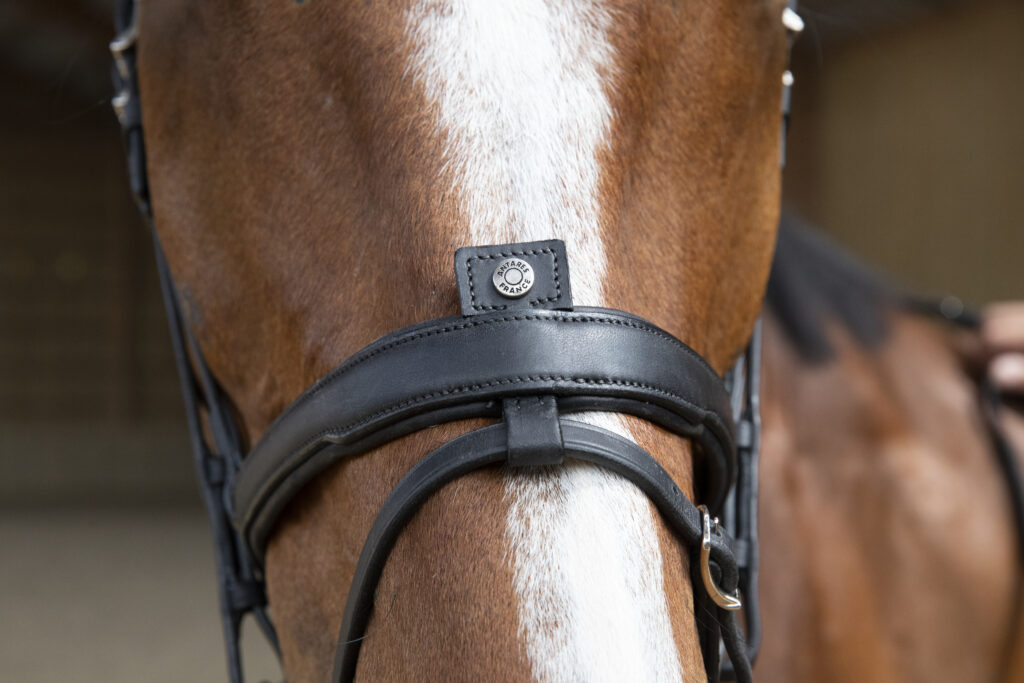

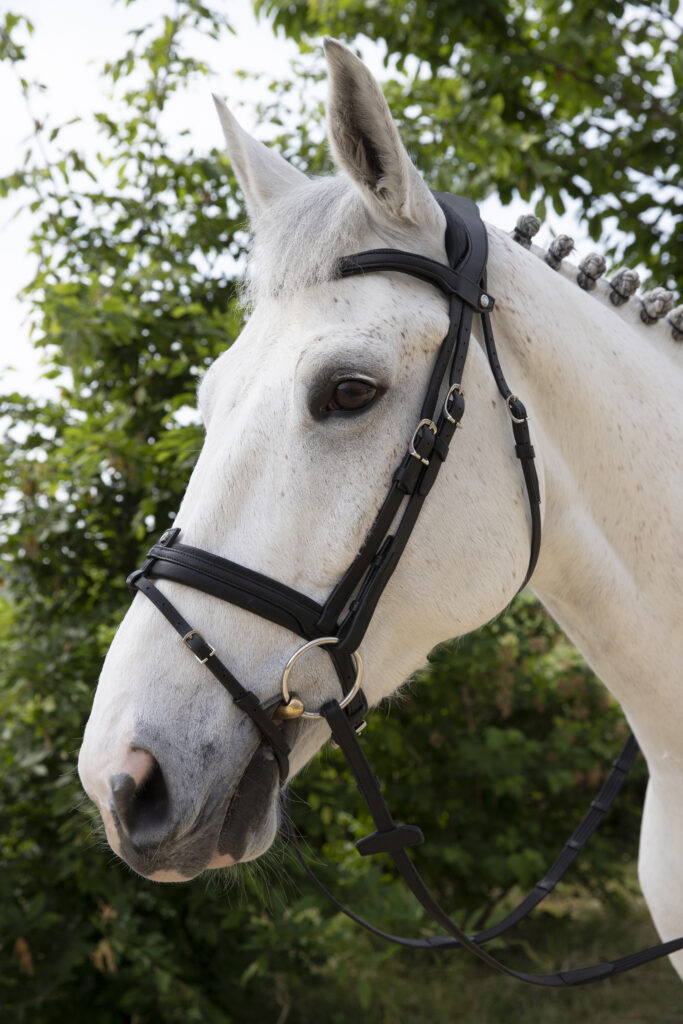
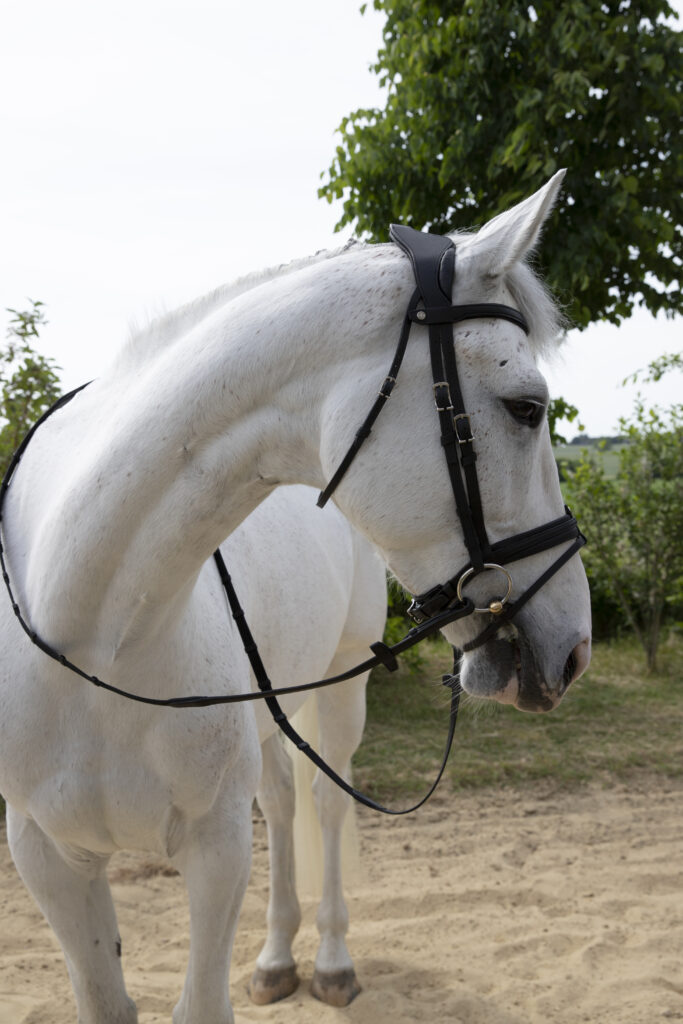
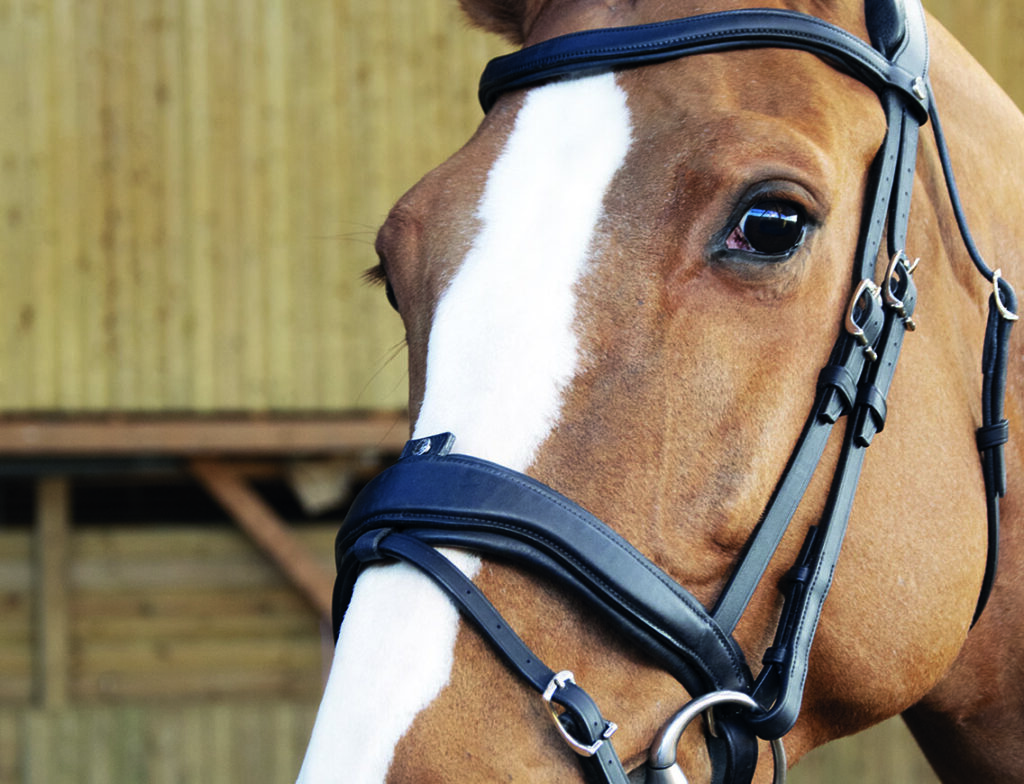
Each noseband exerts a different degree of control compared to a classic/French type. That’s why we recommend you properly adjust your bridle to not injure your horse.
Here’s a link to our blog post on the subject.
The stronger the action exerted by the noseband, the gentler you must be. Here’s our recommendations on Antarès anatomical bridles according to various yardsticks :
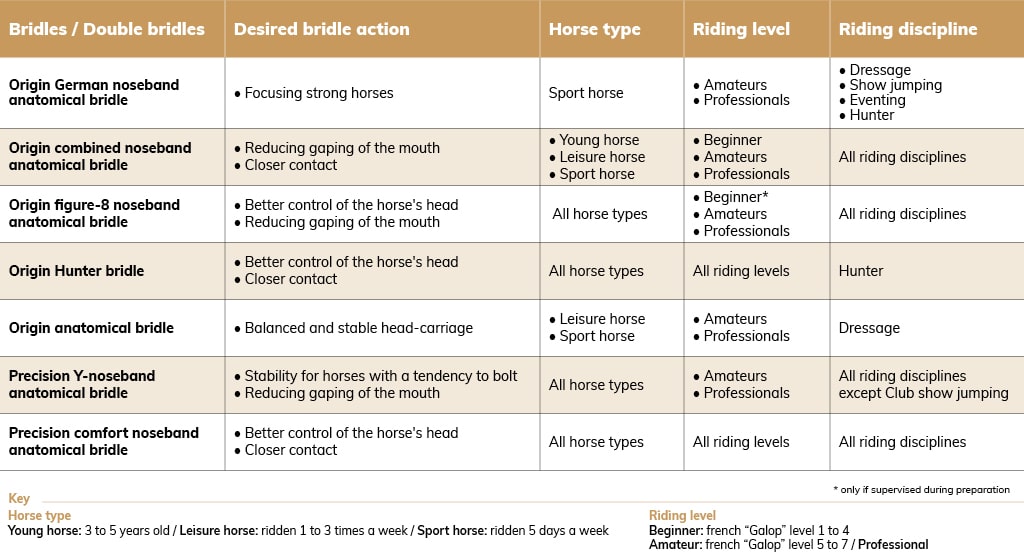
Looking after your leather is still the best way for long-lasting.
We have designed our own leather care products so that you can keep your tack in tiptop condition.
Here are the 3 steps to follow:

We hope this article will help you find the anatomical bridle that best meets your horse’s needs.
Do also read our blog post to choose the right reins for you.
Click here to view our entire range of bridles.